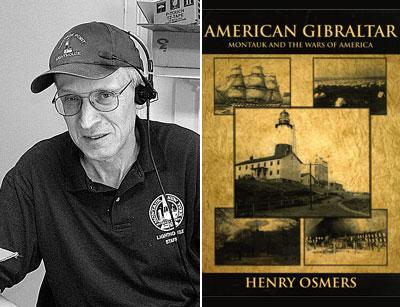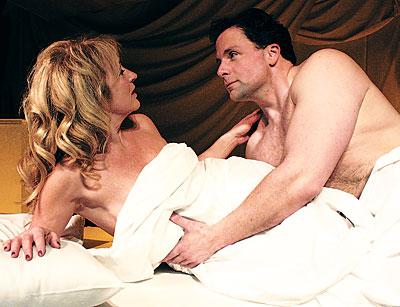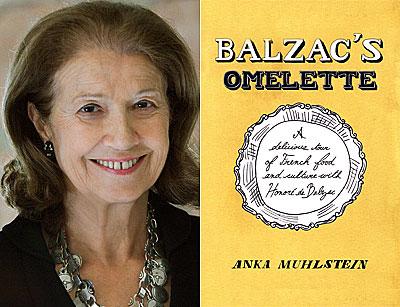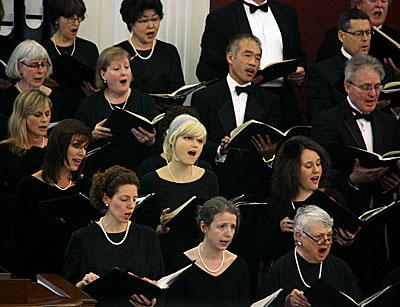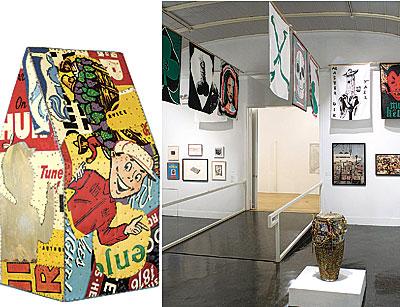The Art Scene: 04.05.12
The Art Scene: 04.05.12
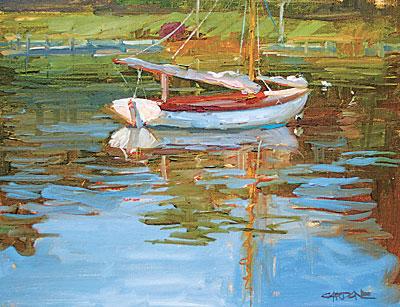
New at the Monkey
The Crazy Monkey Gallery in Amagansett will feature work by three members of its artists cooperative — Barbara Bilotta, Lance Corey, and Wilhelmina Howe — beginning tomorrow.
Ms. Bilotta attended the fine arts program at the State University at Stony Brook. An “abstract impressionist,” she said she uses “the flow of colors and their relationship to trigger the imagination.”
Mr. Corey’s background includes some Irish, Iroquois, and French-Canadian stock. “I paint with my gut, my heart, and my mind. I’m not interested in refining my skills as a technician. I am a neo-primitive. What inspires my work never ceases to surprise me,” he said in a statement.
Ms. Howe grew up in East Hampton and is studying photography at Stony Brook, where she is a psychology major with a studio art minor. Her paintings explore emotions and movement though color.
A reception will take place on Saturday from 5 to 7 p.m., and the show will be on view through April 30.
Bayscapes at Grenning
The Grenning Gallery is showing “Peconic and Maine Bayscapes” through April 29. The artists on view are Michael Kotasek, Ben Fenske, and a new painter for the gallery, Thomas Cardone.
Mr. Kotasek is showing egg tempera and watercolor paintings of Maine, as well as drawings. Mr. Fenske is also showing Maine landscapes. Mr. Cardone, an Amagansett resident, has contributed scenes of Peconic Bay and Long Island Sound. Although he is new to the Sag Harbor gallery, he has been painting in the region for years.

